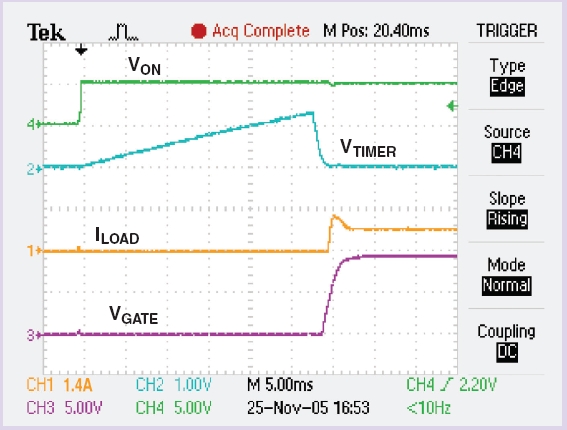What is hot swap?
Hot plugging allows the module to be plugged in or pulled out of the power bus while the system is powered on without affecting the overall system operation. This concept may originate from the telephone line card, the board edge connector designed with different lengths of lead. When the line card is inserted into the backplane, it is always grounded first, followed by the power bus and I/O pins. This is sufficient for simple and robust electronic devices on the public switched telephone network. However, today's routers, servers, and embedded systems often require a hot-swap controller, a sense resistor, and a FET bypass resistor to provide a more robust and smarter solution.
What kind of module needs hot swap controller?
If the module has a large number of bypass capacitors on the input power line, or has a failure mode that may cause the main power bus to crash, hot-swap controllers are required. The closed-loop current-limiting capability of shunting the initial charge current to the bypass capacitor prevents the voltage on the main power bus from dropping when a new load is added (Figure 1). It also protects the connector's power contacts from overload due to sudden over-current.

Figure 1: The closed-loop current-limit capability of shunting the initial charge current to the bypass capacitor prevents the voltage drop on the main power bus when a new load is added.
Once the input capacitor is charged, the current control loop can be used as a protection mechanism to limit any future high currents that exceed the module's design specifications, which can be speculated to determine whether a short circuit or other fault has occurred. In this way, it is easy to turn off the module when the controller senses excessive current, or to permanently shut off the module until it is reset manually or enters the automatic restart mode.
The use of power monitoring
Knowing the voltage and current data at each point in the system, the designer can then calculate the power consumption of each rail. Power supply current data is available and digitized through key components such as sense resistors, current sense amplifiers, and analog-to-digital converters (ADCs). Then, digital power monitoring algorithms are implemented in the software domain. In hot-swappable systems, this feature is particularly useful for monitoring the performance of each pluggable subsystem.
How does the system use voltage and current information at various points in the system?
This data can be used to determine how to immediately improve the efficiency and performance of the system. Take a server cabinet with 10 boards as an example. The power consumption of each board is limited to 100W. This limit of 100W per blade slot is mandatory, and the power unit of the cabinet has a maximum power of 1000W. In a standard system, all blades can only work under 100W.
If power monitoring is introduced, more intelligent power conditioning can be performed dynamically while the system is running. If you remove a card from a fully populated cabinet, it will add 100W extra "unused power." In this case, each of the remaining boards in the system will receive an additional 10W of power.
The power consumption of the board must be monitored to ensure that the overall power does not exceed the budget. This power management scheme allows the system to maximize the available power budget, and monitoring subsystem-level power consumption is an integral part of achieving this goal.
Why integrate basic hot-plug current control and monitoring in one device?
Integrating the hot-swap controller and the current-sensing circuit means that these two functions can share one sense resistor, thereby reducing the component count while minimizing power loss (Figure 2). Moreover, it may be difficult to separately implement these two functions using a single sensing resistor. To allow two separate circuits to work properly under a given sensing resistance, a large amount of calibration may be required. Perhaps the performance of each function has to make some compromises. In addition, since the controller reduces the chip's footprint and component count, integrating sense amplifiers and ADCs on this chip can also save power and eliminate noise problems.

Figure 2: Integrating a hot-swap controller and a current-sensing circuit means that these two functions can share one sense resistor, reducing the number of components while minimizing power loss.
With Sdec Engine Diesel Generator
With Sdec Engine Diesel Generator,Sdec Diesel Generator,Sdec Diesel Generator Set,Sdec Power Generator
Shanghai Kosta Electric Co., Ltd. , https://www.generatorkosta.com